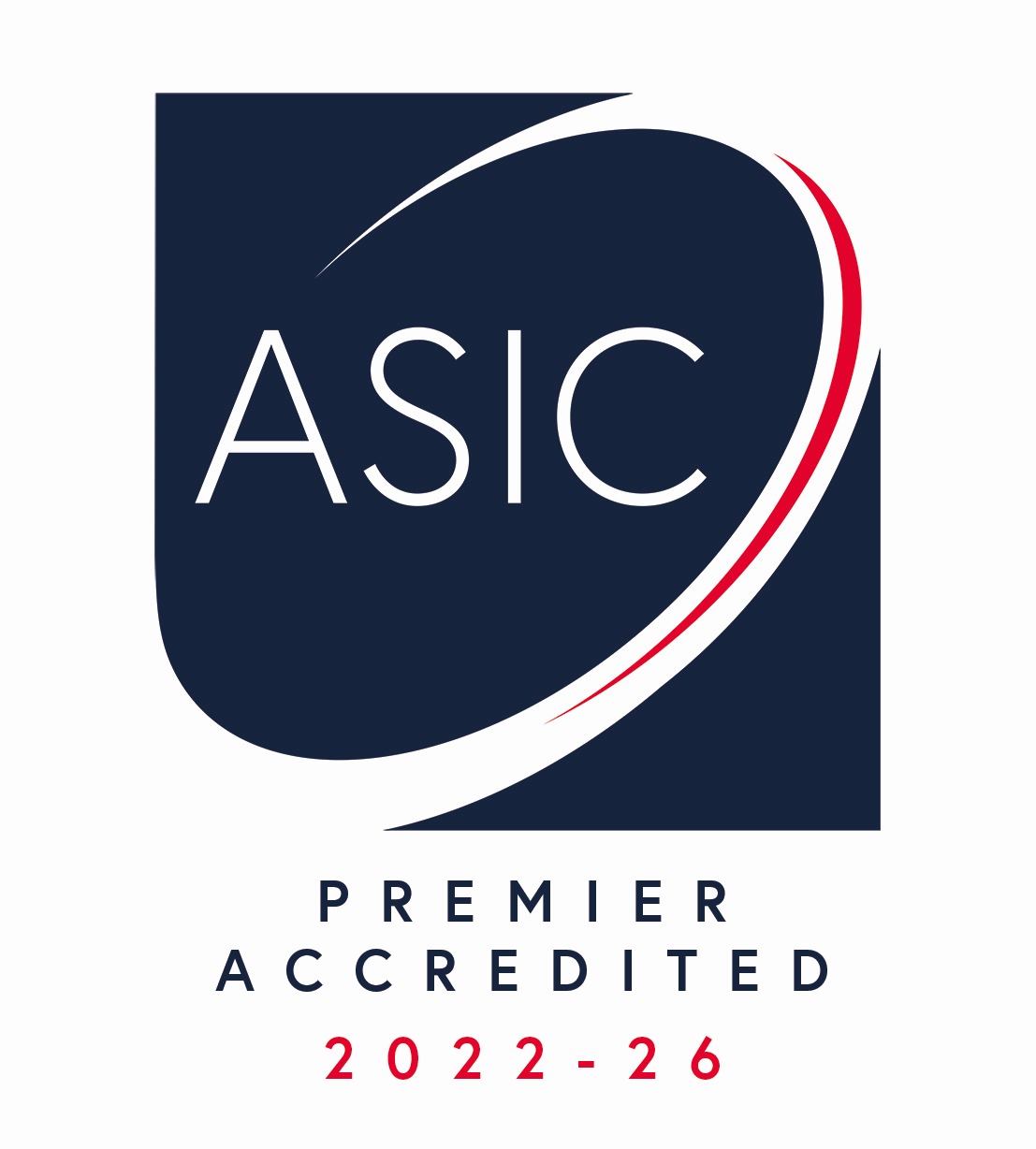Combined DFT and Monte Carlo Simulation Studies of Potential Corrosion Inhibition Properties of Synthesis 2,4-bis(4′-n-pentyloxybenzoyloxy)-benzylidine-4″-nalkoxyaniline
Abstract
Author
Rebaz Anwar OMER
DOI
https://doi.org/10.1002/slct.202403838
ISSN
2365-6549
Publish Date: 2025-03-31

